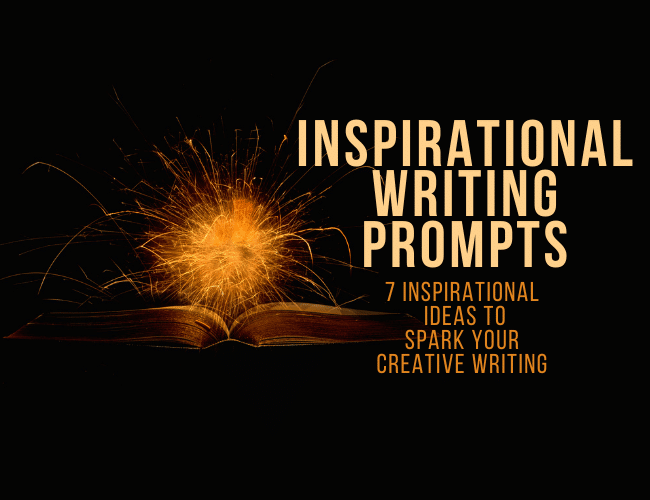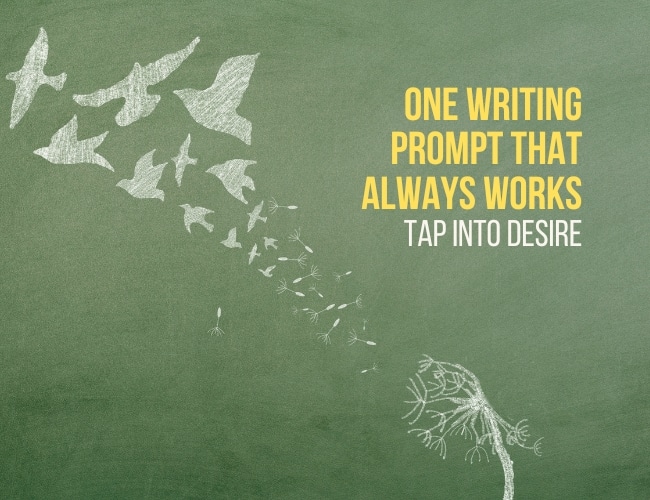
by Joe Bunting and Sue Weems |
Julia Cameron’s classic book The Artist’s Way challenges writers to tackle morning pages each day as a way to clear the mind and set the day’s intention. Today we have a few morning writing prompts to kickstart your morning journal time or writing any time of day.

by David Safford |
Where do you find story ideas? Here are seven inspirational ideas to fuel your creativity. What kinds of stories will these writing prompts lead you to tell?

by Joe Bunting |
If you’re ever stuck trying to figure out what to write about, write about what you want.

by Sarah Gribble |
New goals can be stressful, and even a momentary lapse can make a person want to scream and kick and cry. Perhaps eat an entire pint of ice cream. Perhaps lay on the couch and wallow in self-pity, lamenting over the magnificent writing career that could’ve been if only you hadn’t skipped writing that one day.
Today I’m going to ask you to think about your writing a little differently, and hopefully renew some of the enthusiasm you may have already lost.

by Joe Bunting |
Road trips yield great stories. Why? Because a road trip forces you, your family, your friends, or your characters into uncomfortable and new situations. Add to that the potential for various complications and conflict, and you have all the ingredients for a terrific story. Try one of these new 21 road trip prompts today to get your own story on its way.

by Guest Blogger |
With the fantasy genre, the potential for conflict and world ending threats can come from anywhere—magical creatures, an unfamiliar city or world, an evil sorcerer. These prompts will help you write about the fantasy world and before you know it, your protagonist will be well on their way to find the magic item they need to defeat the villain.





